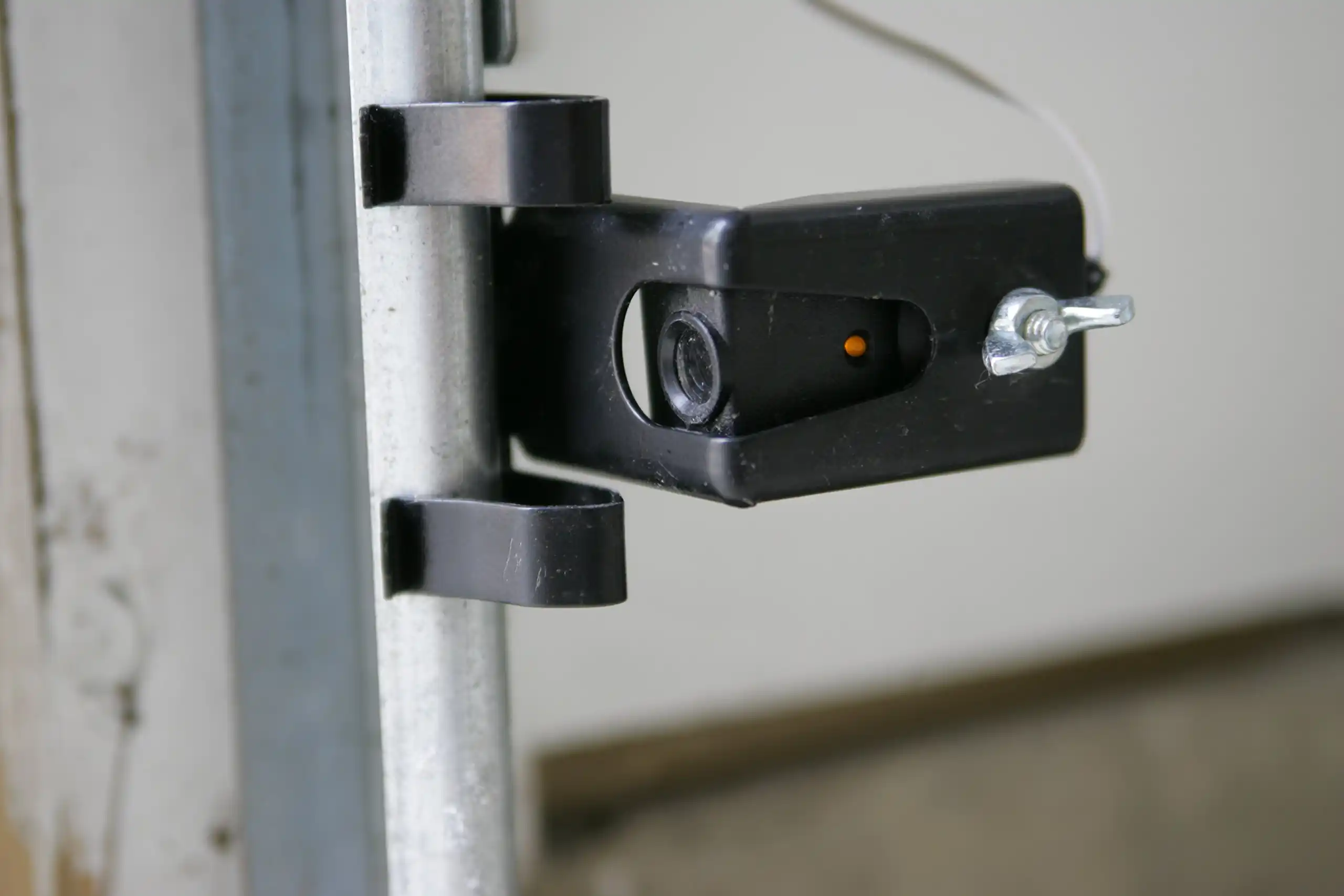So here’s the thing. You press the button on your garage remote, expecting the usual mechanical hum and that satisfying whir of the door rising—and nothing. Not even a twitch. Just silence. Maybe a blinking light on the sensor. Maybe nothing at all.
And you start to wonder: is it the motor? Power outage? Something worse? But more often than not, it’s those tiny garage door sensors near the floor—those little guys that look like they’re doing nothing but are actually a pretty critical component in the whole garage door operation.
If your door won’t budge, it’s probably time to learn how to line up garage door sensors in 10 simple tricks—an easy fix that can save you a call to the repair guy.
Step-by-Step Guide how to Line Up Garage Door Sensors

Before you call a garage door repair specialist or throw in the towel and start parking on the street, there’s a decent chance you can fix this on your own. Aligning garage door sensors isn’t as complicated as it sounds. A bit finicky, maybe. But not hard.
Here’s a casual, slightly rambly guide on how to line up garage door sensors using 10 simple tricks. These work for most systems: Chamberlain, LiftMaster, Genie, Craftsman—you name it.
1. First, Confirm It’s Actually the Sensors
Okay, I know this seems obvious—but you’d be surprised how often we skip this. If the garage door sensors aren’t working, look for those little LED indicator lights on both sides of your garage doorway. Are they on? Blinking? One green, one yellow? Nothing at all?
If there’s no light, it might be a power issue. Check the breaker box. Make sure the garage door opener is plugged in. I once spent 45 minutes fiddling with sensor brackets, only to discover someone had unplugged the opener to charge a leaf blower. So… yeah.
2. Look for the Beam — Even Though You Can’t See It
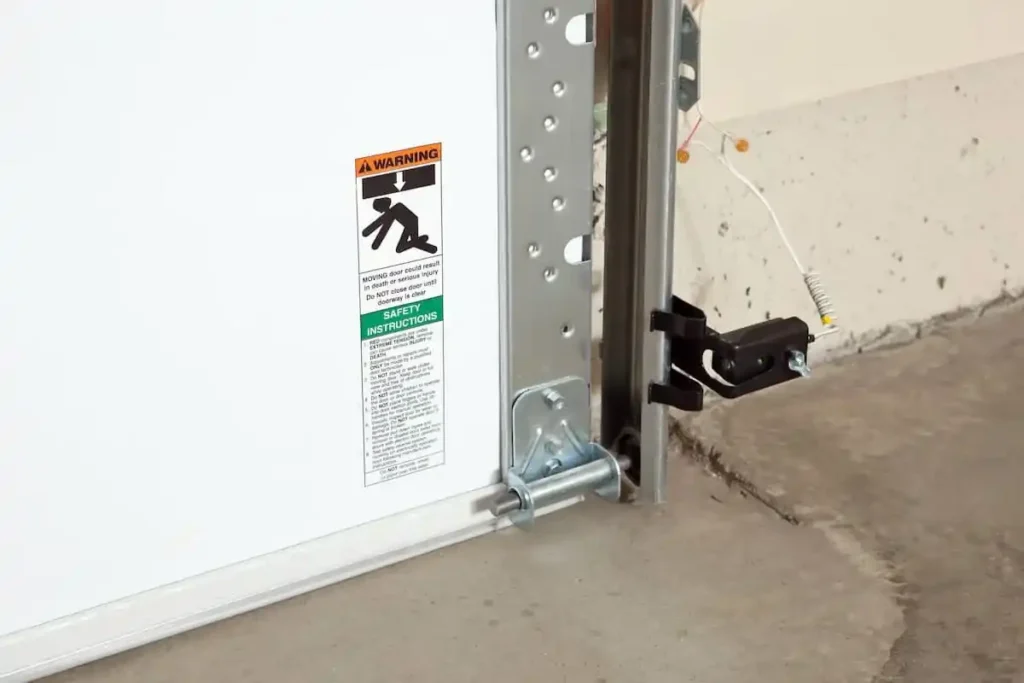
Garage door sensors work using an invisible beam of light—an infrared beam—between two units. If that beam is broken, the garage door won’t close. It’s a safety thing. But dirt, cobwebs, or a slightly misaligned sensor can break the connection.
You can’t see the beam, but you can tell if it’s working by the LED lights. If one light is blinking (especially on LiftMaster garage door sensors), or if the green light turns off when you try to close the door, something’s off. Misaligned sensors, most likely.
3. Clean the Sensor Lenses (Seriously, Just Try It)
Grab a soft cloth. Wipe the lenses. Gently. No water. These things are sensitive, and even a layer of dust can mess with the beam. I know it sounds too simple to work, but if you’ve got dirty sensor lenses, that might be your only issue.
Also, look for signs of damage—cracks, chips, loose wires. If they’re loose, that’s a whole other thing (we’ll get to it).
4. Use a String to Check for Alignment
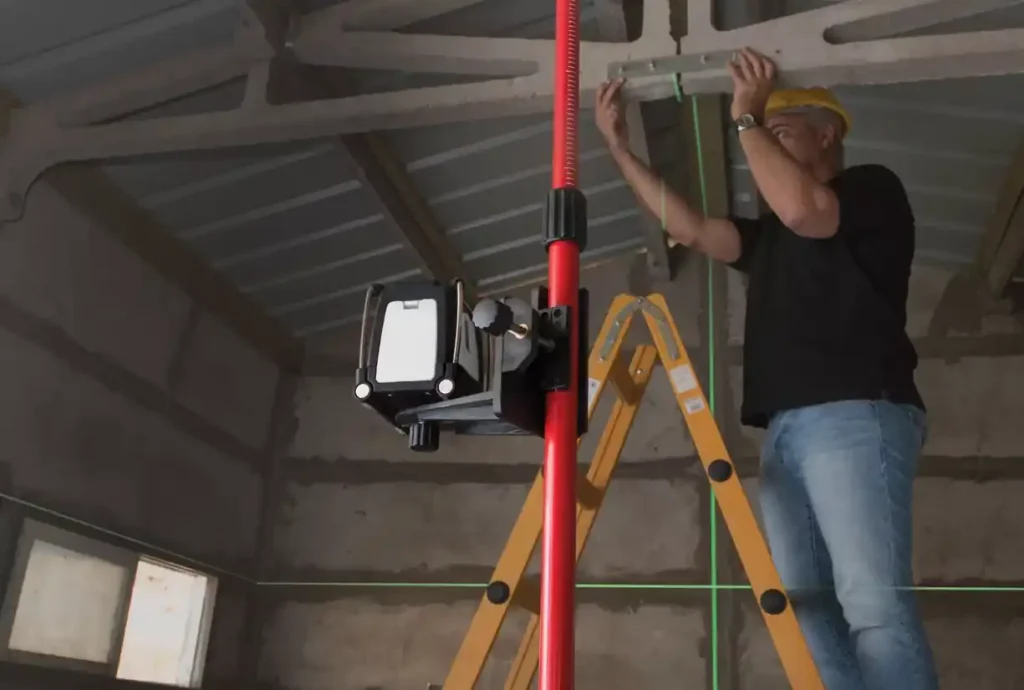
This feels a little old-school, but it’s surprisingly effective. Tie a piece of cotton string from one sensor bracket to the other. Pull it tight. If the string runs level, your sensors are probably aligned. If it’s off—even slightly—you may have misaligned sensors.
Pro tip: Measure from the ground up. Both sensors should be at the same height on each side of the garage doorway. Off by even half an inch? That’s enough to throw off the whole thing.
5. Adjust the Brackets (Gently)
Most garage door sensors are mounted with wing nuts or bracket screws. Loosen them slightly—not all the way. Just enough so the sensor can move. Then, carefully tilt or shift the sensor until it points directly at the other one.
If you see the LED light flicker to solid green or yellow as you adjust, bingo. That’s the sweet spot.
6. Tape It in Place Temporarily
Once you find the right position—before you tighten the screws—consider using painter’s tape to hold the sensor in place. This lets you test the door without fully locking it down.
If the door closes smoothly? Great. Tighten the screws carefully and remove the tape. If not? You can readjust without starting from scratch.
7. Watch for Loose Wiring or Damage
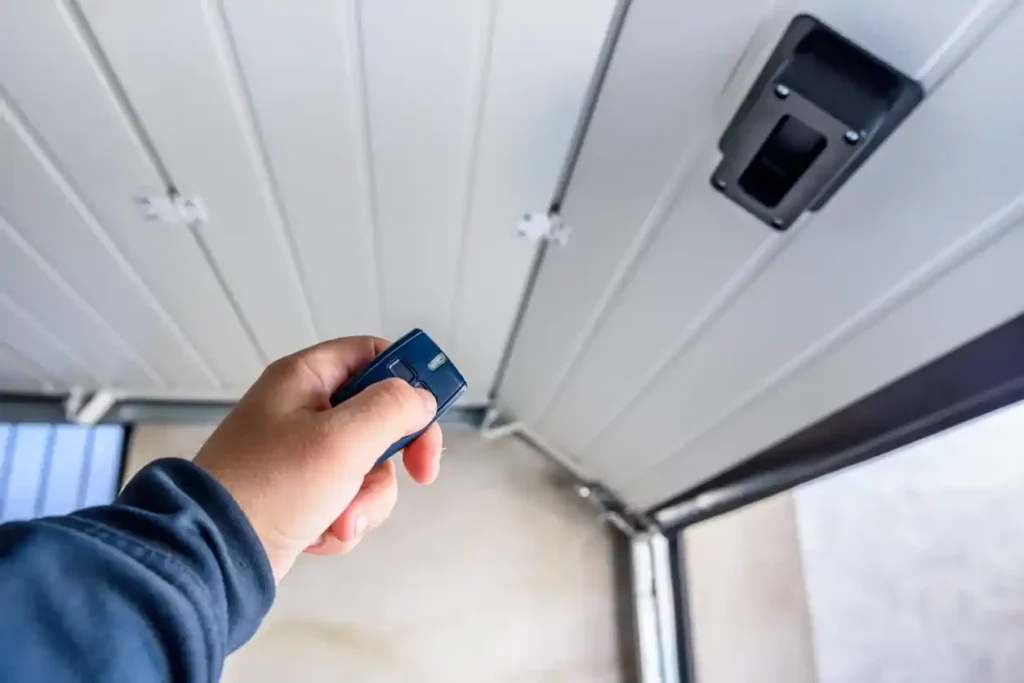
Sometimes it’s not about the angle—it’s about connection. Check the sensor wires. Are they securely connected? Any signs of fraying or wear?
If you’re comfortable, trace the wires back to the garage door opener unit. Make sure nothing is pinched, broken, or unplugged. This especially applies if you’ve recently had a power outage, moved things around the garage, or have curious kids.
8. Try Resetting the System
This is one of those “turn it off and back on again” steps. But it works. Unplug the garage door opener from the power outlet. Wait about 30 seconds. Plug it back in.
Some systems—like Chamberlain or LiftMaster—may need a manual reset depending on the model. Check your manual or look for a reset button near the opener motor.
9. Consider a Garage Door Sensor Alignment Tool
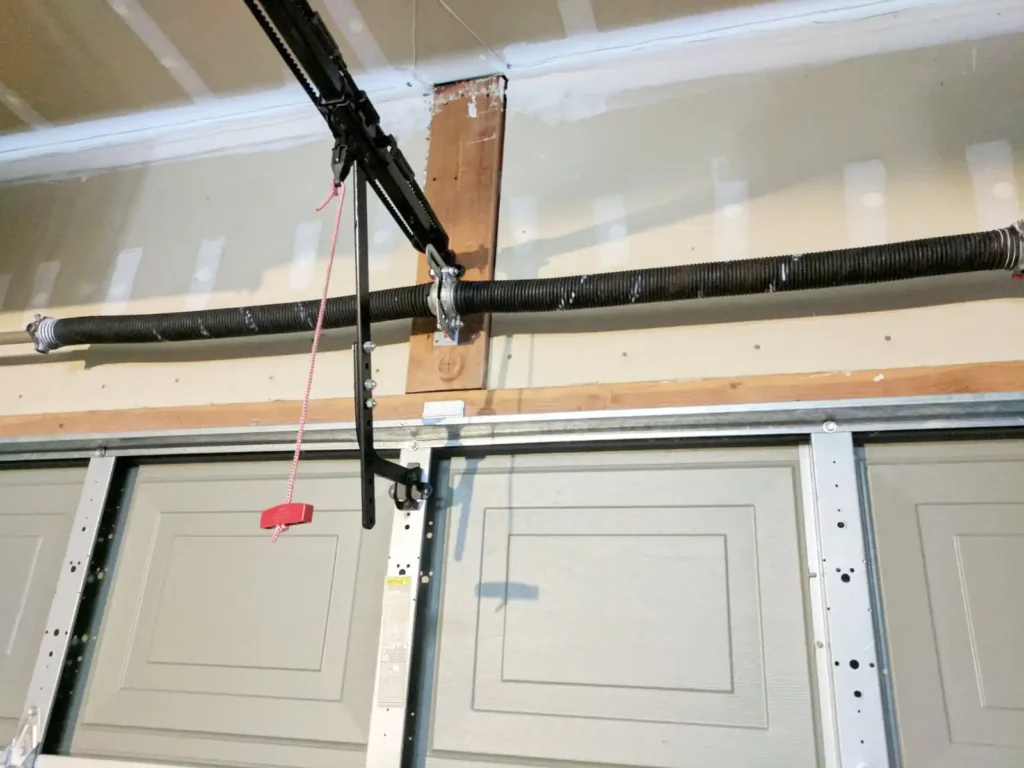
Yes, there’s an actual tool for this. It helps ensure the sensors are lined up perfectly without relying on guesswork or cotton string. If this is something you deal with often—or if your garage has shifting floors or temperamental weather—one of these might be worth it.
They’re not expensive, and they beat the frustration of realigning sensors every other month.
10. Call a Professional (If You’re Just Done)
Look, not every problem has a DIY fix. If the LED lights won’t stay on, if there’s visible damage, or if you’ve tried everything and the door still won’t close—call in a garage door expert. Sometimes the issue isn’t alignment. It could be the garage door opener unit itself, the circuit breaker, or even the electronic control board.
Honestly, it’s okay to wave the white flag. You tried. And now you know more about garage sensors than you ever thought you would.
A Few Other Random Thoughts:
- If your garage floor is uneven, even slightly, it might throw the sensors out of alignment over time.
- Some people report their sensors getting nudged by bikes, brooms, or even pets. So… yeah, watch for low-lying objects.
- If your garage door sensors are blinking but not working, it’s probably misalignment. But if there’s no light at all? Power supply or wiring.
Conclusion
Knowing how to line up garage door sensors can save you a lot of hassle. Whether it’s Chamberlain, LiftMaster, or Genie, the basics are similar: keep sensors clean, check alignment, and watch the indicator lights. If they’re still not working, try resetting or call a pro.
Proper sensor alignment keeps your garage door working smoothly and safely. So, next time your door won’t close, you’ll know what to do.
Frequently Asked Questions
1. Why is my garage door not closing even though the motor runs?
Probably a sensor issue. If the beam is blocked or the sensors are out of alignment, the motor may hum but the door won’t budge.
2. Can I bypass the sensors just to close the door?
You can hold the wall button down to override the sensors on most openers. But that’s not a fix—just a temporary thing. Don’t make it a habit.
3. What does a blinking light on my garage door sensor mean?
Usually misalignment. Especially on LiftMaster or Chamberlain units. Try realigning the sensors or cleaning the lenses.
4. How do I know if the sensors are aligned correctly?
Both LED indicator lights should be solid—usually green or yellow. If one is off or blinking, something’s off.
5. Is there a way to test the sensors?
Yes! Try closing the door and wave something (like a broom) in front of the sensors. If the door reverses, they’re working.
6. Can dirty lenses really cause this?
Yes, surprisingly. Dust, spiderwebs, or even morning condensation can break the beam.
7. My garage door closes but opens again immediately—why?
Again, sensors. It’s detecting something (real or not) in the beam’s path and opening as a safety response.
8. How often should I check the alignment?
Every few months, or if your garage door starts acting weird. Especially after storms, power outages, or rowdy kids.
9. Are all garage sensors the same?
Not exactly. Chamberlain, LiftMaster, Genie, and Craftsman all use similar tech, but alignment quirks may vary. Check your manual.
10. When should I just call a pro?
If there’s no power, loose wires, or the sensors are damaged—or if this whole thing just stresses you out—get help. It’s okay.

